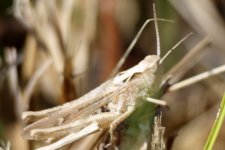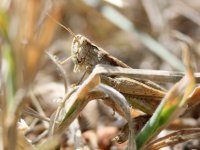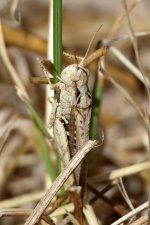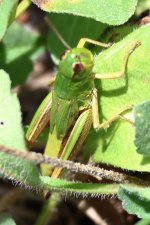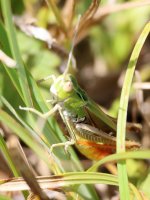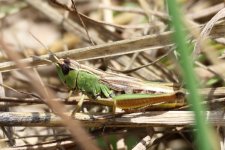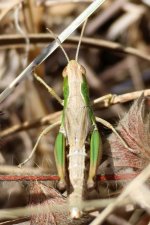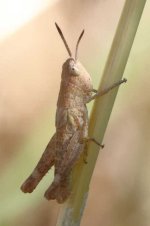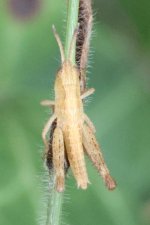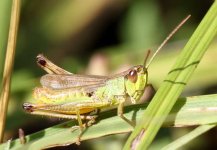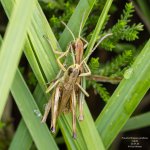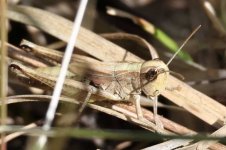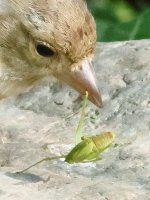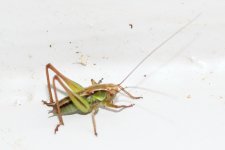Thanks for the website and book references.
To be honest I don't feel a new passion for insects, my interest is my small plot of land, there are a few species of birds that are on the local red list (quite common birds in fact not sure why they are on this local list, eg Cirl bunting, Kestrel, Red-backed Shrike, etc.), then trail cameras (and roaming cats) gave me +20 species of mammals - that's including rodents, but nothing "of interest" yet.
Recently while waiting in my hide with my camera I found this Napoleon spider which was not on the local list, although it's found all around this area in both countries, so my idea was to start a personal "survey" about insects, but now I understand it's almost impossible. I'd better go the other way, and focus only on rarer species, and just try to see if I can spot one! Also despite my ignorance I can notice obvious differences in insect populations from year to year, so trying to be exhaustive would be an unending task...
Back to my grasshoppers, I understand this one is also a (young female) Meadow Grasshopper, with short wings, black knees, broad black line behind the eye...




